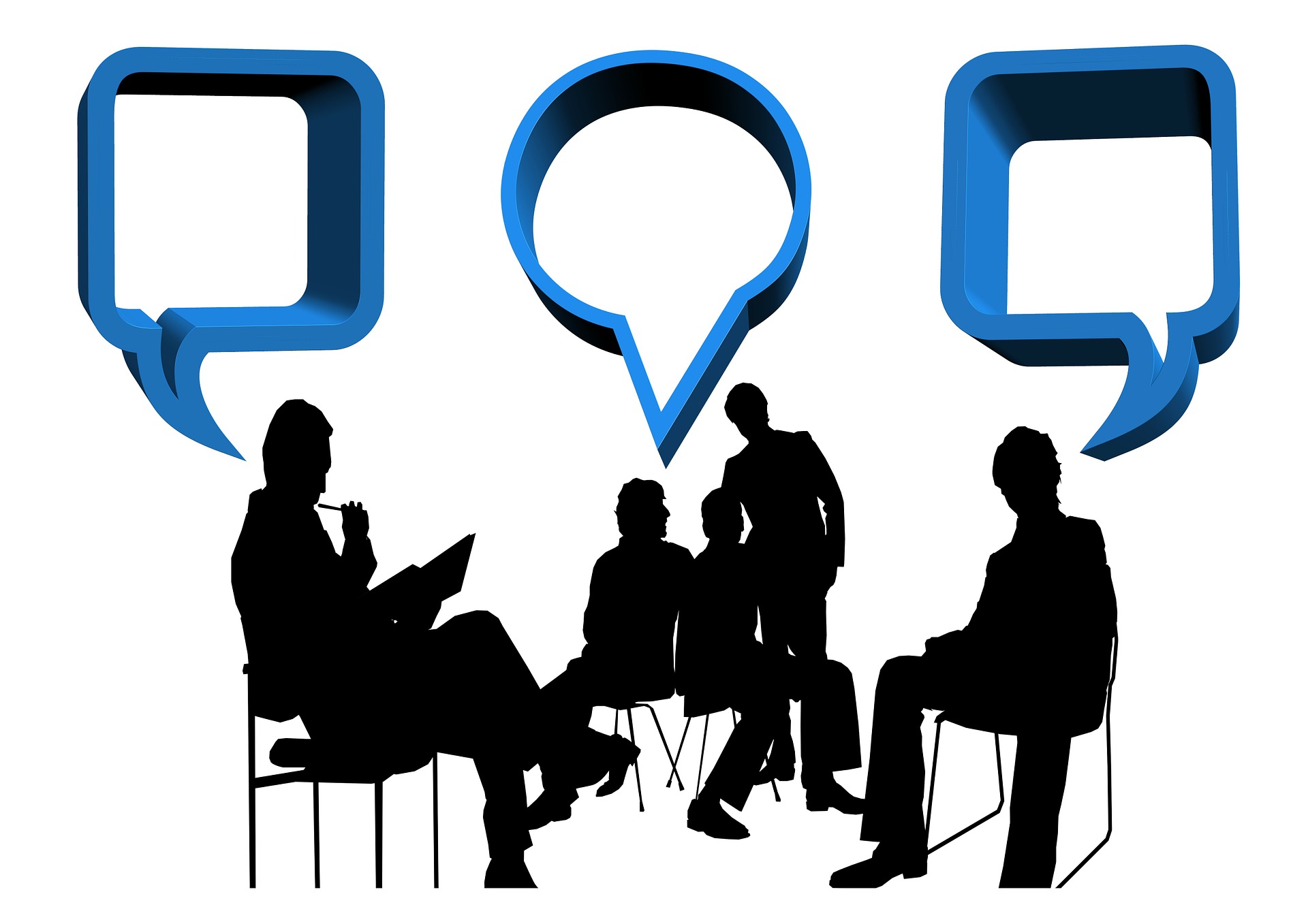

BY DR SIVA KUMAR
The tale of Pinocchio is a popular story originally written by Italian writer Collodi in 1881. An old, poor puppeteer carved a marionette out of a piece of enchanted wood and named it Pinocchio. This toy came alive, started abusing the old man and ran away. To face the world, Pinocchio started lying, but every time he lied, his nose grew longer and gave him much trouble.
It’s always fun to listen to someone lying when we already know the truth. The researchers at the University of Granada took this one step further and, apart from enjoying the situation, also took a thermal photograph of the lying person. They found that the temperature around the nose and eyes of the liar increased and swiftly named this the Pinocchio effect.
Psychologists have observed another severe condition resulting from lying, where an individual starts convulsing while they are telling lies. This has become known as the Pinocchio syndrome.
This syndrome made doctors very busy when a high-ranking politician suffered from this rare form of epilepsy, which not only affected his health but also his career.
Lying is one of the forms of communication that involves at least two people—the deceiver and the deceived. For a successful transfer of information, both should participate in the process. The deceiver uses various tools such as apathy, ignorance or overconfidence in an effort to convince those being deceived. However, only when those being deceived are gullible enough to believe almost anything does the job become easy. Psychologists consider that lying successfully is one of the most sophisticated and difficult accomplishments of the human brain.
It has been observed that some people with injuries in the frontal lobe region of the brain are not able to lie. (I’m not sure that hitting our forehead when we do something we regret qualifies as an injury of this kind.) However, scientists are sure that when the prefrontal cortex region of the brain of normal people is electrically stimulated, they become skilled liars.
Psychologists admit that lying is natural and has some evolutionary roots. Many birds seem to be naturally gifted liars. For example, blue jays imitate the sound of hawks to scatter other birds and then take their food, and cowbirds sneak their eggs into other birds’ nests without making their own.
Furthermore, eastern grey squirrels bury nuts safely in one location after pretending to bury them in several other places to mislead nut thieves, and weak, male cuttlefish change their mottled colouration to look like females to avoid being attacked by the larger, more dominant male cuttlefish.
It, therefore, seems that virus-tricking our immune system, chameleons camouflaging themselves to fool predators and humans lying in the workplace could all be evolutionary. After all, many recruitment officers acknowledge that nearly all job applicants exaggerate their qualifications.
There are 24,200,000 Google search results that offer information on the best ways to lie. Some of the sites even provide short courses on do’s and don’ts, and train users to learn appropriate gestures and body language. They also promise to prepare their trainees to lie like a pro without being caught. Apparently, one portal even showcases stories of its trainees who have succeeded brilliantly in some professions—but who knows if these are also lies?
It’s very true that if lying were a job, some people would quickly become millionaires. Unfortunately for the liars, though, the real millionaires are those in the booming polygraph (lie-detector) manufacturing industry. During polygraph tests, the subject’s blood pressure, heart rate, breathing and perspiration levels are measured to assess whether the subject is feeling stress. These parameters are then used to decide if the subject has been lying.
However, as the professional liars have slowly started learning how to be calm and control their breathing and sweating when they lie, the polygraph manufacturers have started to panic. First introduced as early as 1910, the designers of these devices have needed to work constantly to improve and refine them. Recently, a new manufacturer has claimed that their machine uses technology based on magnetic resonance imaging (MRI) and has started marketing them not only for offices but also for homes.
Oman Observer is now on the WhatsApp channel. Click here



